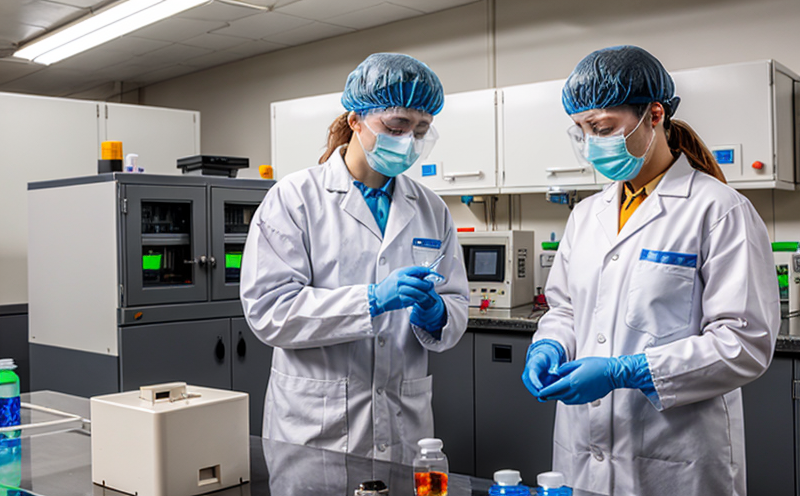ISO 61977 PAH Screening in Roasted Coffee
The International Organization for Standardization (ISO) has set forth a standard method to screen polycyclic aromatic hydrocarbons (PAHs) in roasted coffee, as detailed in ISO 61977. This service ensures that the coffee industry adheres to stringent quality and safety standards, addressing potential contamination by PAHs which can arise from various sources such as roasting processes or environmental factors.
Polycyclic aromatic hydrocarbons are a group of chemicals formed during the incomplete combustion of organic materials. They are known carcinogens and mutagens, posing significant health risks if present in foodstuffs like coffee. ISO 61977 provides an efficient method to detect these compounds at levels that may exceed acceptable limits.
The process involves extracting PAHs from the roasted coffee sample using a solvent such as hexane or dichloromethane, followed by derivatization and analysis via gas chromatography-mass spectrometry (GC-MS). This method not only ensures accurate detection but also allows for comprehensive identification of different PAH species.
The testing procedure is designed to be robust yet sensitive enough to detect even trace amounts of PAHs. It involves precise sample preparation, ensuring that all potential sources of contamination are accounted for. The use of advanced GC-MS technology provides high resolution and selectivity, making it the gold standard in PAH analysis.
The results obtained from this testing method can significantly impact quality control measures within the coffee industry. By identifying any presence or concentration levels of PAHs, producers can take corrective actions if necessary, thereby maintaining product safety standards.
Incorporating ISO 61977 into regular production protocols allows businesses to stay compliant with international regulations and consumer expectations regarding food safety. This not only protects brand reputation but also contributes positively towards public health.
Our laboratory uses state-of-the-art equipment and follows internationally recognized standards to ensure accurate, reliable results every time. Understanding the nuances of this process is crucial for ensuring consistent quality across all batches of roasted coffee produced by our clients.
Benefits
The implementation of ISO 61977 PAH screening in roasted coffee offers several key advantages:
- Enhanced Safety: Ensures that the final product does not contain harmful levels of PAHs, protecting consumer health.
- Compliance: Helps companies meet regulatory requirements set by various national and international bodies.
- Precision: Utilizes advanced analytical techniques to provide accurate quantification of PAH concentrations.
- Efficiency: Streamlines quality control processes, allowing for faster turnaround times without compromising on accuracy.
Industry Applications
| Application Area | Description |
|---|---|
| Coffee Roasting Facilities | Detects PAH contamination during roasting processes. |
| Supplier Verification | Assures raw material quality before processing. |
| R&D and Innovation | Supports ongoing research into improving roast methods to minimize PAH formation. |
| Export Compliance | Aids in meeting stringent import standards imposed by different countries. |
Competitive Advantage and Market Impact
Adopting ISO 61977 PAH screening provides a clear competitive edge in the market:
- Better Brand Reputation: Demonstrates commitment to product safety, enhancing brand image.
- Informed Decision-Making: Allows for proactive management of potential risks associated with PAH contamination.
- Customer Trust: Builds confidence among consumers who prioritize health and safety when purchasing coffee products.
The ability to consistently meet rigorous standards sets companies apart from competitors, fostering long-term relationships and driving business growth.





